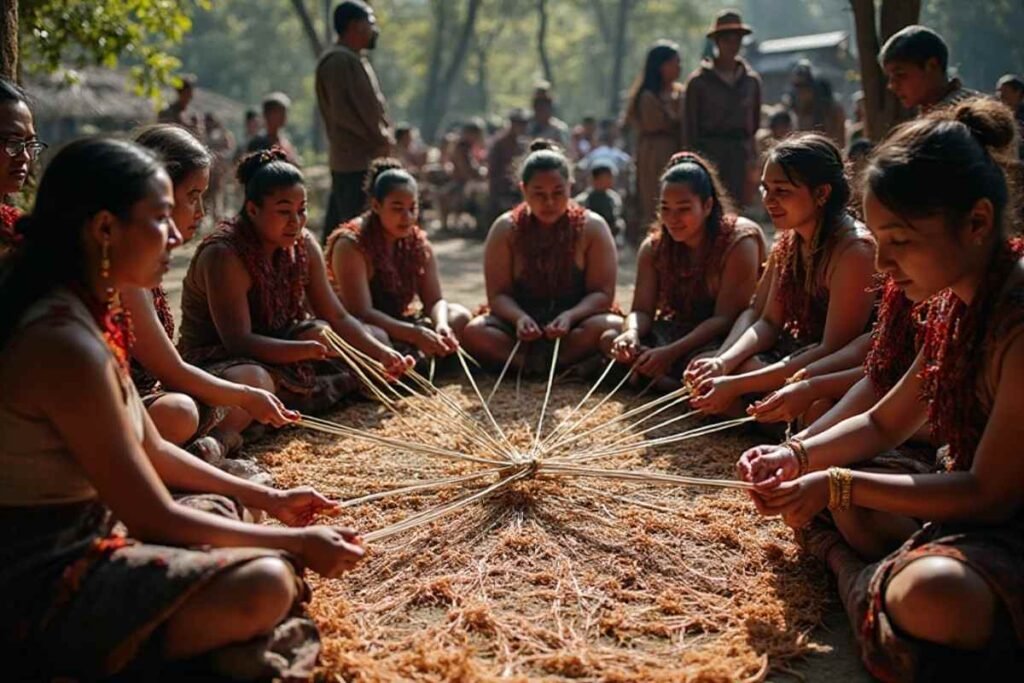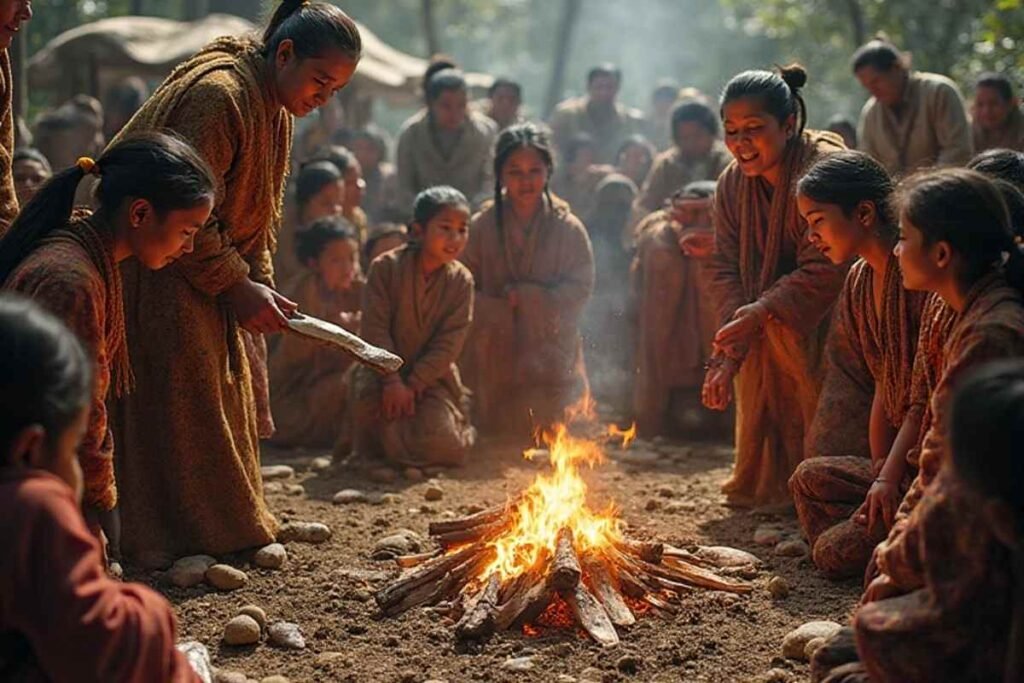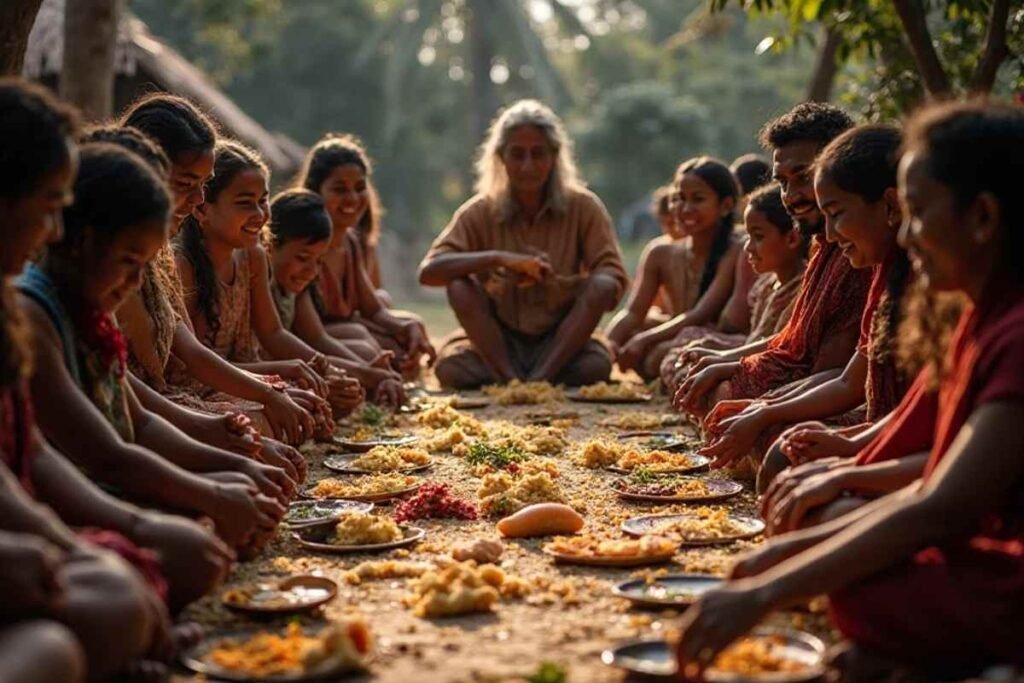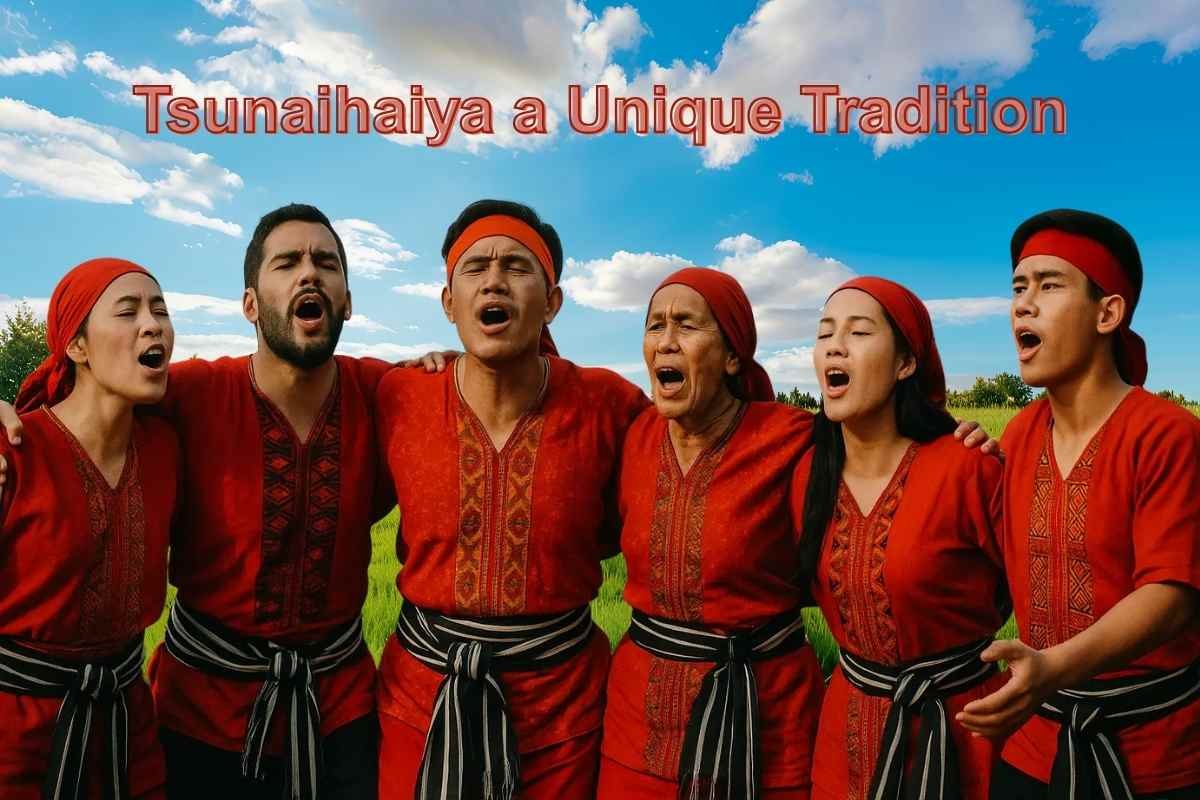It is a fascinating cultural practice that weaves together stories rituals and community spirit. It has endured across generations connecting people through shared heritage and meaningful traditions.
Every song chant and symbolic act in Tsunaihaiya carries a deeper purpose that unites individuals and families alike. By exploring its rituals you can understand how cultures preserve identity and foster togetherness.
Dive into this tradition with us and discover why it continues to inspire communities everywhere. Explore more about it and its significance here at Allthefallen where every story connects us.
What is Tsunaihaiya?

At its heart Tsunaihaiya is a communal practice that brings individuals together through shared rituals. The term often translates to binding together reflecting its purpose of creating harmony and connection.
Participants engage in storytelling song and symbolic acts that reinforce the importance of relationships. It is not simply a celebration but a philosophy of inclusion and respect for one another.
Through its practices people experience a deeper sense of belonging in their community. It emphasizes collective well being over individual recognition fostering empathy and cooperation.
Origins and Cultural Roots of Tsunaihaiya!
It has deep cultural roots that date back many generations within close knit communities. It began as a way to bring people together during important social and seasonal events.
Elders played a key role in guiding participants through rituals chants and symbolic actions. Early practices often used natural elements and handmade objects to represent unity and shared purpose.
These traditions helped preserve knowledge moral values and social harmony across generations. Over time it became an essential part of community life maintaining both spiritual and cultural significance.
Historical Roots of it!
The origins of Tsunaihaiya trace back to early tribal societies where oral tradition was the primary means of preserving knowledge.
Elders would gather people during important events guiding them with stories chants and symbolic actions. These early practices helped maintain social harmony and transmitted cultural values across generations.
Rituals often involve objects such as woven threads stones or carved wood representing unity. Seasonal cycles and natural events frequently determined the timing of ceremonies.
Over time these practices became formalized carefully documented and widely shared ensuring continuity and cultural preservation within communities.
Symbolism in Tsunaihaiya!
Every element in it carries layered significance that communicates deeper cultural messages. Threads and weaving represent the interconnectedness of lives and stories within a community.
Circles often form during ceremonies to symbolize equality unity and shared life cycles. Fire is frequently included to signify purification and collective energy.
Songs and rhythmic chants preserve ancestral knowledge while creating a meditative atmosphere. These symbols provide participants with tangible connections to their heritage.
Over time these practices became formalized ensuring continuity stability resilience and long lasting cultural preservation within communities.
The Practice of Tsunaihaiya!
Preparation for it begins with careful planning by community elders. Specific dates are chosen often in accordance with lunar or seasonal cycles to enhance harmony.
Families contribute offerings such as fruits grains or handmade crafts symbolizing gratitude. The ritual begins with participants forming a circle around a central element such as fire or a sacred object.
Elders share stories and guide activities that reinforce social cohesion. Songs dances and chants elevate the ceremony immersing participants in a shared cultural experience.
Community Participation!

It thrives on active involvement from every member of the community. Each individual has a role whether in preparation ritual performance or sharing symbolic offerings.
Children often participate by observing and imitating elder actions ensuring continuity of tradition. Adults contribute by guiding practices and supporting younger participants.
Shared meals following the rituals emphasize equality and togetherness. The communal aspect reinforces a sense of responsibility and belonging making every person feel valued within the cultural framework.
Spiritual and Cultural Significance!
The practice of it carries spiritual and cultural weight beyond its visible ceremonies. It fosters mindfulness encouraging participants to reflect on their relationships and shared values.
Ritual acts often include expressions of gratitude and respect for ancestors reinforcing generational continuity. Cultural lessons are transmitted subtly through songs gestures and storytelling.
Participants experience a sense of inner balance while strengthening community ties. it therefore operates as both a spiritual practice and a cultural safeguard.
Modern Relevance!
In contemporary society it continues to hold meaning for those who practice it. Communities maintain ceremonies to preserve cultural identity and instill values in younger generations.
Urban celebrations allow participation for those who have moved away from their ancestral homes. Educational programs often incorporate elements of Tsunaihaiya to teach cultural awareness and cooperation.
The ritual meditative and communal qualities help people reconnect with themselves and their surroundings. It serves as a reminder of the enduring importance of shared human experiences and traditions.
Challenges Facing Tsunaihaiya!
Despite its enduring presence it faces challenges that can impact its practice. Migration to cities may reduce younger generations exposure to the tradition.
Commercial pressures could risk simplifying or misrepresenting the rituals. Generational gaps can create misunderstandings regarding the deeper symbolic meaning of ceremonies.
Maintaining the integrity of it requires dedication from community members and elders. Efforts to preserve knowledge include storytelling teaching and encouraging active participation.
By addressing these challenges the practice can continue to thrive authentically. This ensures that its cultural meaning remains intact for generations.
The Role of Storytelling in Tsunaihaiya!
Storytelling is at the core of it preserving memories and cultural lessons across generations. Elders share tales that teach values explain rituals and celebrate community heroes.
These stories often contain metaphors and lessons about cooperation respect and unity Through repeated narration young members learn their heritage naturally and meaningfully.
Songs and chants often accompany stories enhancing engagement and memory retention. By weaving stories into ceremonies it strengthens bonds and keeps culture alive for generations.
Community Bonding Through Tsunaihaiya!

It plays a vital role in fostering strong social connections within communities. Ceremonies encourage participation from all ages ensuring inclusivity and shared responsibility.
Communal activities like preparing offerings or performing rituals reinforce teamwork and mutual respect. Meals shared after ceremonies create a sense of equality and togetherness among participants.
The practice also provides opportunities to resolve conflicts peacefully and celebrate collective achievements. By participating, community members feel valued and connected making it a living practice of unity and harmony.
Conclusion
It represents a living tradition that connects people across generations. Its rituals songs and symbols offer more than ceremonial meaning but they foster a sense of belonging and shared purpose.
Participation in Tsunaihaiya reinforces social cohesion and cultural continuity. The tradition preserves values of respect empathy and collective responsibility.
By engaging with these practices communities maintain a strong link to their heritage. It continues to inspire educate and unite those who take part in its rich cultural framework.
FAQs
What is Tsunaihaiya?
It is a cultural tradition that unites communities through rituals and shared activities.
Who participates in it?
All members of the community including children and elders take part in the ceremonies.
Why is it important?
It strengthens social bonds preserves heritage, and fosters a sense of belonging.
How is it practiced?
Participants engage in rituals storytelling songs and symbolic acts of unity.
Where is it observed?
It is practiced primarily within the communities where the tradition originated.
When do it ceremonies occur?
Ceremonies are usually aligned with seasonal cycles or significant community events.




